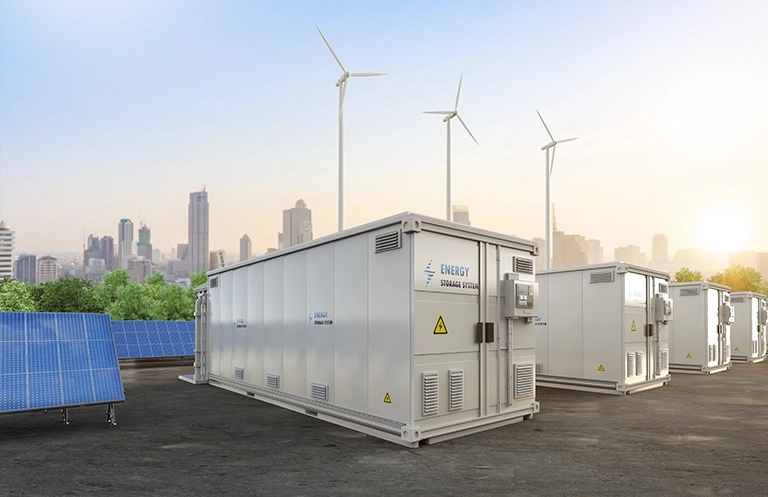The introduction of NFV (Network Function Virtualization) has fundamentally changed the marketplace for telecommunication infrastructure. According to analysts at a well-known technology firm, producing a Voice Transcoding prototype will go a long way to enable massively scalable next generation transcoding solutions to be effectively managed and deployed in carrier networks. With alliances with service providers and network equipment providers, new solutions can be enabled to boost efficiency over the networks.
With the introduction of NFV, many network functions are expected to be targeted for virtualization. The Session Border Controller (SBC) is an example of the same.
Adoption of NFV
NFV is straightforward to adopt with x86 processor for next-generation solutions; however, for VoIP transcoding purposes, the x86 is not a great fit. DSP technology has been used in SBC deployments because of its lower power consumption, high channel density, and both OPEX and CAPEX benefits.
The HP Moonshot platform along with the ProLiant m800 cartridge solves this problem of a two-box solution. The m800 provides the latest generation technology in a commercial off the shelf (COTS) form factor that could easily be incorporated into the NFV standard.
Evaluation of NFV technology with Voice Transcoding Software
In order to effectively evaluate this technology, software needs to be developed to take advantage of this new architecture. eInfochips, the product engineering, and semiconductor services company has integrated its voice transcoding software with an H.248 signaling stack, producing a prototype transcoding engine for the m800. The m800 includes four TI System on Chip (SOC)’s with each SOC containing four ARM A15 cores and eight C66x DSP cores. In the prototype, the ARM A15 cores will be used for signaling and balancing the transcoding load across the SoCs within the Moonshot chassis. The DSPs will perform the transcoding along with many of the other required functions to support a full carrier grade VoIP conversation.

This prototype development will allow Service Providers or Network Equipment Providers to easily integrate their solutions into the Moonshot environment and take advantage of the low power and low latency inherent in DSP technology. The Moonshot software defined server allows for unprecedented scalability which keeps the cost-per-channel and power footprint under control.

Components of the Transcoding Voice Software: IP-IP VoIP Transcoding and the H.248 Signaling Stack
IP-IP Transcoding Voice software will run on the C66x DSP cores. The software converts media stream from the IP network with specific codec compression to a different codec compression and sends it back. The gateway also performs many other operations like tone generation and detection, Fax processing, audio message and IVR playback, Media Conferencing, etc.
H.248 defines protocols that are used between elements of a physically decomposed multimedia gateway. The current (September 2005) standard by ITU-T is H.248.1: Gateway control protocol: Version 3. The H.248 signaling stack will execute on the ARM A15 cores of the TI SoC.
DSP Resource Management
The transcoding engine supports management of the processor loading so that no single DSP core is overloaded. This requires assignment of calls to the various processors within the Moonshot chassis. Overloading of any processor for this type application can cause serious degradation in voice quality. This function is the key in keeping calls connected and maintaining the optimum voice quality.
Benefits of NFV
With the voice transcoding prototype, one can produce massively scalable next-generation transcoding solutions, based on the HP Moonshot Chassis. One can introduce support for a dynamic and complex mix of signaling and media processing. The superior transcoding density is another advantage with reduced cost-per-channel. What’s more, the development time for deployments on all-IP environments is accelerated by a huge margin too.













